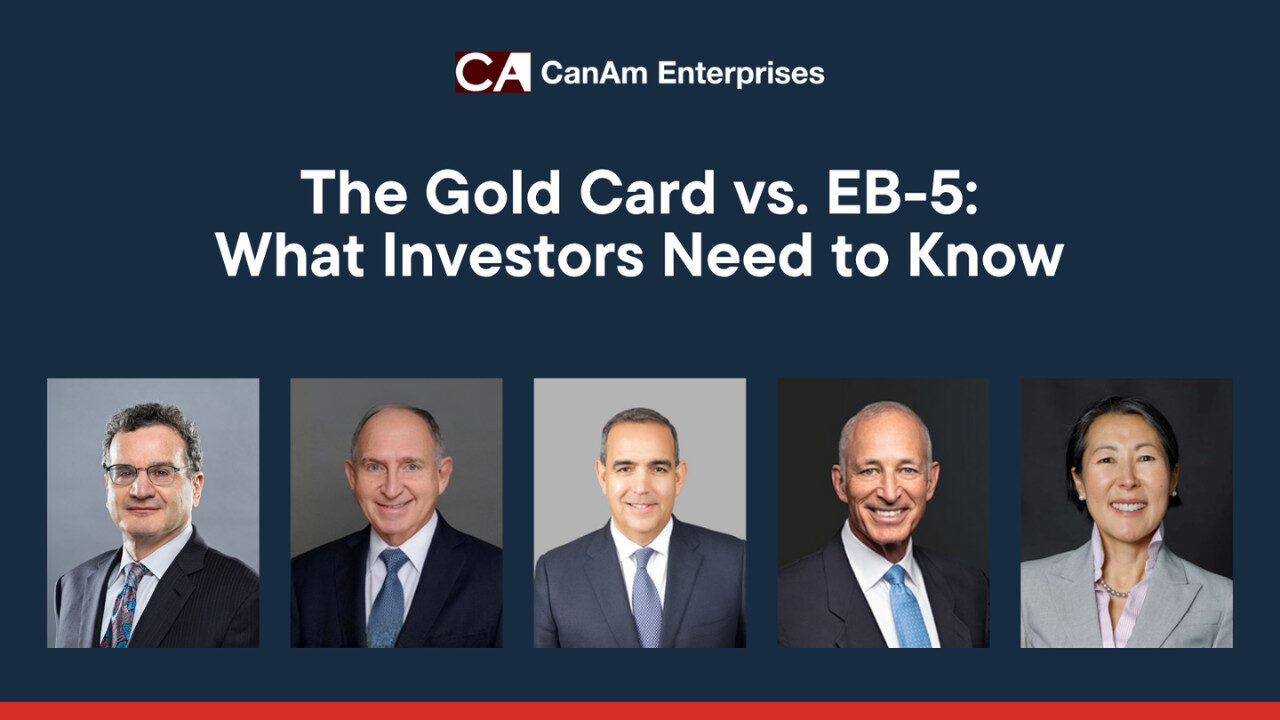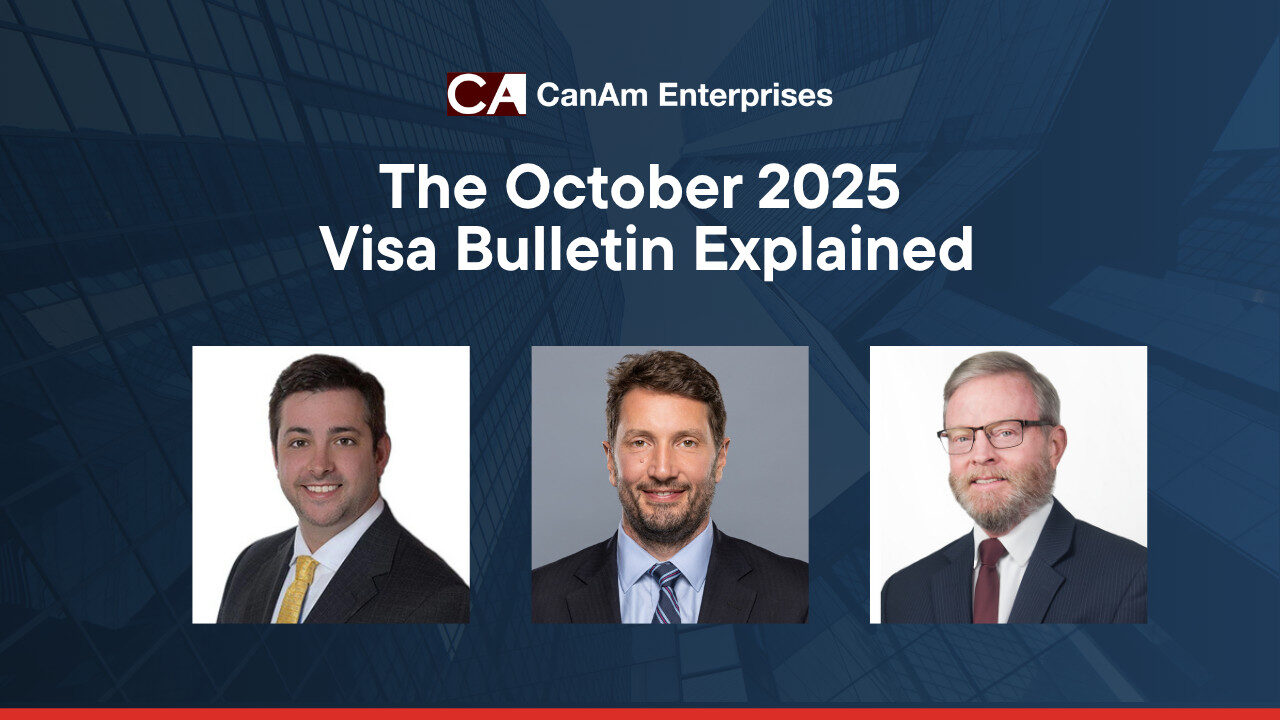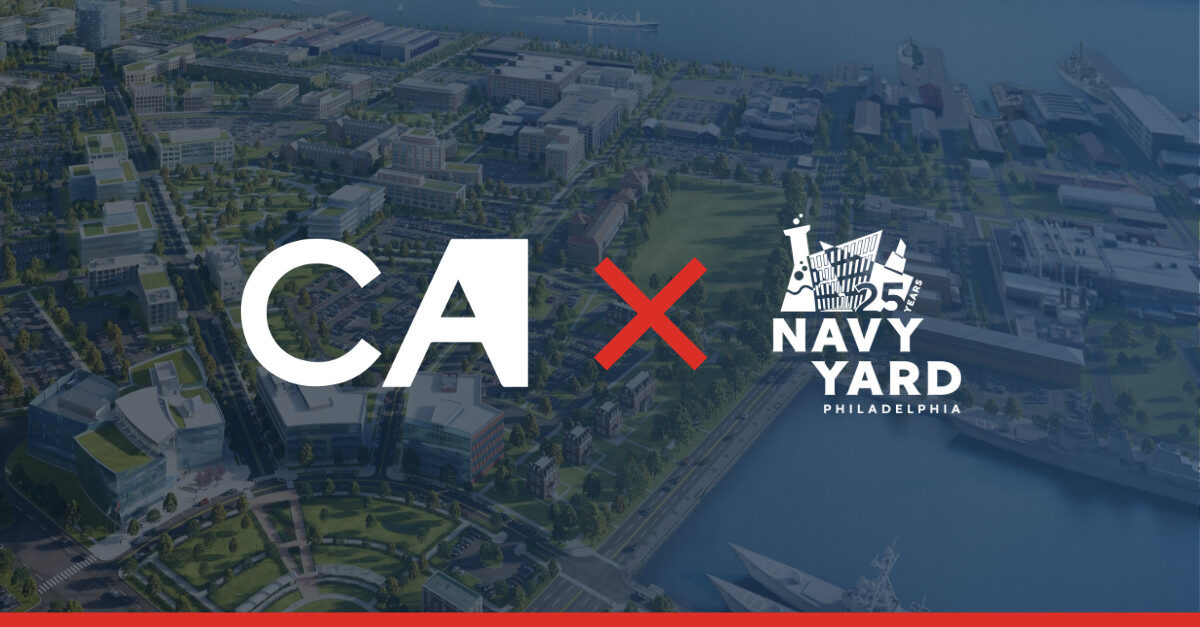Navigating the EB-5 visa process can be an excellent pathway for foreign investors seeking to obtain U.S. green cards through investments in the United States. However, the complexities of this program, including significant financial requirements and strict compliance with immigration regulations, can lead to potential pitfalls. One of the most critical decisions an investor will face is choosing the right EB-5 regional center, a key player in ensuring the success of the investment and the application.
Understanding the EB-5 Program and Its Risks
The EB-5 Immigrant Investor Program allows foreign nationals to secure lawful permanent residence (green cards) by investing in a U.S. business that creates or preserves at least ten full-time jobs for American workers. Currently, the required investment amount is $1.05 million, but this can be reduced to $800,000 if the investment is in a Targeted Employment Area (TEA), which includes rural areas or places with high unemployment rates.
While the EB-5 program offers a direct route to U.S. residency, it also presents a range of challenges. These include long processing times, economic risks, potential changes in immigration laws, and project delays. One of the most significant risks is the possibility that the investment does not result in sufficient job creation, which is a requirement for obtaining permanent residency.
Avoiding these risks starts with the investor’s ability to select a reputable and reliable EB-5 regional center.
The Role of Regional Centers in the EB-5 Program
EB-5 regional centers are entities approved by U.S. Citizenship and Immigration Services (USCIS) to facilitate pooled investments from multiple EB-5 investors. These centers oversee projects that aim to meet the job creation requirement of the program, which is the key component for investors to obtain their green cards.
Choosing the right regional center is paramount because the center is responsible for managing the investor’s funds and ensuring that the required jobs are created. If a project fails or the center mismanages the funds, the investor not only risks losing their capital but also jeopardizes their green card application.
Read More: Performing Due Diligence on Regional Center-sponsored EB-5 Investments
Here are the key pitfalls of the EB-5 program, and how choosing the right regional center can help investors avoid these risks:
-
Project Viability and Economic Risks
A common pitfall in the EB-5 program is selecting a project that is economically unsound or overly optimistic in its projections. Not every project that applies for EB-5 funds is guaranteed to succeed, and market conditions may change over time. If a project fails to generate the promised returns or create the requisite number of jobs, the investor’s immigration status can be affected.
How to avoid it:
Choose a regional center with a proven track record of successful projects and job creation. Experienced regional centers have well-established procedures for vetting projects and are more likely to have established relationships with government entities, businesses, and financial institutions. Ask to see the regional center’s past performance, including how many green cards have been successfully obtained through their projects.
-
Job Creation Challenges
One of the strictest requirements of the EB-5 program is the creation of ten full-time U.S. jobs per investor. Many investors fall into the trap of choosing projects that fail to meet this requirement, resulting in the denial of their green card application.
How to avoid it:
Select regional centers that specialize in industries with reliable job creation potential, such as construction, real estate development, or healthcare. These sectors tend to offer more predictable employment outcomes. Additionally, ensure that the center uses rigorous economic forecasting models to estimate job creation, and that it monitors job creation metrics throughout the project’s lifecycle.
-
Transparency and Financial Reporting
Another common pitfall in the EB-5 program is the lack of transparency from regional centers regarding how investor funds are being used. Some investors find themselves tied up in projects with vague financial reporting, making it difficult to track the progress of their investment.
How to avoid it:
Partner with a regional center that prioritizes transparency and investor communication. Request regular updates on your investment’s progress and financial health. Look for centers that provide detailed reports on job creation, project development stages, and fund allocation. Ideally, the regional center should be open about its fee structure, how funds are being managed, and any issues that arise during the project’s execution.
-
Legal and Regulatory Compliance
The EB-5 program is subject to a complex web of federal, state, and local regulations. Some regional centers fail to adhere to these regulations, either through negligence or intentional fraud, leaving investors exposed to legal risks. If USCIS identifies any non-compliance in the project, it can result in the denial of EB-5 petitions.
How to avoid it:
Conduct thorough due diligence on the regional center’s legal history and its track record with compliance. Regional centers that have faced legal disputes, lawsuits, or USCIS sanctions should be approached with caution. It’s critical to choose a center that has a strong legal team to navigate the evolving regulatory landscape of the EB-5 program.
-
Project Delays and Changing Timelines
Project delays are a frequent issue with EB-5 investments. Construction delays, changes in market conditions, or other unforeseen circumstances can push back timelines, affecting job creation and the investor’s immigration process.
How to avoid it:
Choose regional centers with established projects already under development, rather than those in the early stages of planning. Projects that are well underway are less likely to experience significant delays, allowing for faster job creation and more predictable immigration timelines.
Conclusion: Why Choosing the Right Regional Center Matters
Choosing the right regional center is crucial for EB-5 investors. The regional center acts as a bridge between the investor and the project, managing financial investments, overseeing job creation, and ensuring compliance with immigration regulations. When an investor partners with a reliable, transparent, and experienced regional center, they are not only safeguarding their financial investment but also maximizing their chances of securing U.S. permanent residency.
Before committing to an EB-5 regional center, investors should conduct thorough research, seek recommendations, and consult legal experts. By avoiding the common pitfalls outlined above, investors can navigate the EB-5 program with confidence, knowing that they are on the right path to achieving their immigration and financial goals.





